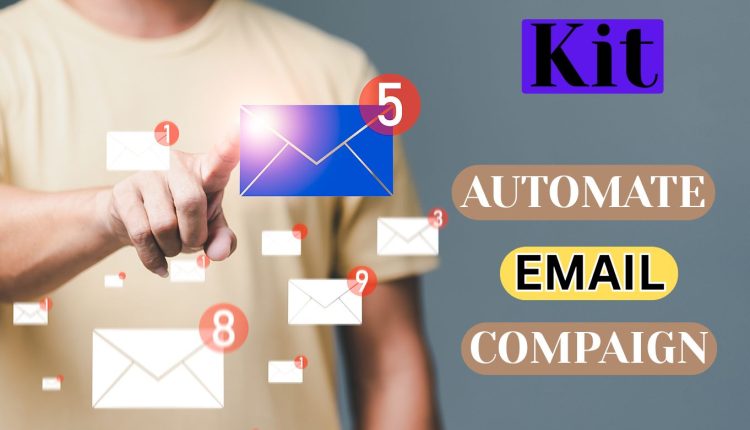
Automate Email Campaigns With Kit Features
1. Introduction
Email automation helps businesses to save time while effectively engaging with their audience. Kit features improve campaign management with tools designed to simplify the process. With automation, businesses can send personalized messages at the right time without manual effort. This improves engagement and increases conversions. Using Kit Features ensures a smooth workflow that makes email marketing more efficient and Performance-oriented.
2. Benefits of Automating Email Campaigns
Automating email campaigns reduces workload while improving consistency in communication. Scheduled emails maintain subscriber engagement without the need for constant manual effort. Personalization tools help businesses send relevant content, which increases customer engagement. Automation also helps businesses analyze results and implement improvements based on data. Kit Features simplify email management, improving customer relationships and increasing conversions.
3. Key Features of Email Automation kit
Step 1. Pre-Built Email Templates
Kit pre-built templates help create professional emails quickly. These designs ensure visually appealing messages without requiring design skills. Customization options help businesses to match emails with their brand identity. Templates are designed for readability on all devices, improving the user experience. These templates save time and maintain both quality and consistency.
Step 2. Drag-and-Drop Editor
A simple drag-and-drop editor makes email creation accessible to everyone. No coding skills are required, allowing marketers to focus on content and design. This feature makes it easy to rearrange elements, maintaining a professional appearance. Users can add images, buttons, and text in a structured layout. The editor helps businesses create emails quickly while maintaining a professional appearance.
Step 3. Segmentation Tools
Segmentation improves email effectiveness by targeting specific groups. Kit tools help businesses categorize subscribers by behaviour, interests, or demographics. This ensures that users receive relevant content, improving engagement rates. Sending targeted emails leads to higher open and click-through rates. With proper segmentation, businesses can improve customer satisfaction and loyalty.
Step 4. AI-Powered Personalization
Personalization increases engagement by making emails feel more relevant. Kit AI-powered tools analyze subscriber data to create personalized content. Dynamic fields let you add things like names, product suggestions, or special offers to make your message more personal. This automation improves customer experience while increasing conversions. Personalized emails make people feel appreciated, which helps build brand loyalty.
Step 5. A/B Testing Capabilities
A/B testing helps optimize emails for better performance. Kit helps businesses to compare subject lines, content, or designs to see what works best. Running tests on small segments before full deployment ensures better engagement. Adjusting based on data increases email effectiveness over time. Regular A/B testing helps improve marketing strategies for better success rates.
Step 6. Multi-platform Automation
Kit integrates email marketing with SMS and social media. This offers a smooth experience on multiple platforms. Automated workflows make sure messages reach audiences in the most effective way. Businesses can schedule campaigns that engage subscribers through multiple platforms. Integrating email with other platforms increases visibility and customer engagement.
Step 7. Analytics & Reporting
Tracking email performance helps businesses improve their strategies. Kit analytics tools provide insights into open rates, click-through rates, and conversions. Understanding these metrics allows marketers to improve future campaigns. Reports show where improvements are needed, helping businesses continue to grow. Using data to make decisions improves email marketing.
4. How to Set Up an Automated Email Campaign with Kit
Creating an automated campaign starts with setting goals and selecting audience groups. Businesses should use a template that suits their messaging style. Automation triggers enable email scheduling based on subscriber behaviour. Running A/B tests before deployment ensures content effectiveness. After launch, regular monitoring and optimization help campaigns perform efficiently.
5. Best Practices for Maximizing Email Automation Success
Personalized content connects more effectively with subscribers and increases engagement. Maintaining a consistent email schedule builds credibility and keeps the audience engaged. Analyzing important performance metrics enhances automation strategies. Testing different email elements improves message effectiveness. Applying these best practices helps automation achieve effective marketing success.
Conclusion
Kit Features make email automation easy and effective for businesses. Using these tools saves time while improving customer engagement. Personalization, segmentation, and testing enhance overall performance. Consistently analyzing performance ensures continuous improvement. Automating campaigns with Kit improves email marketing success while optimizing processes.